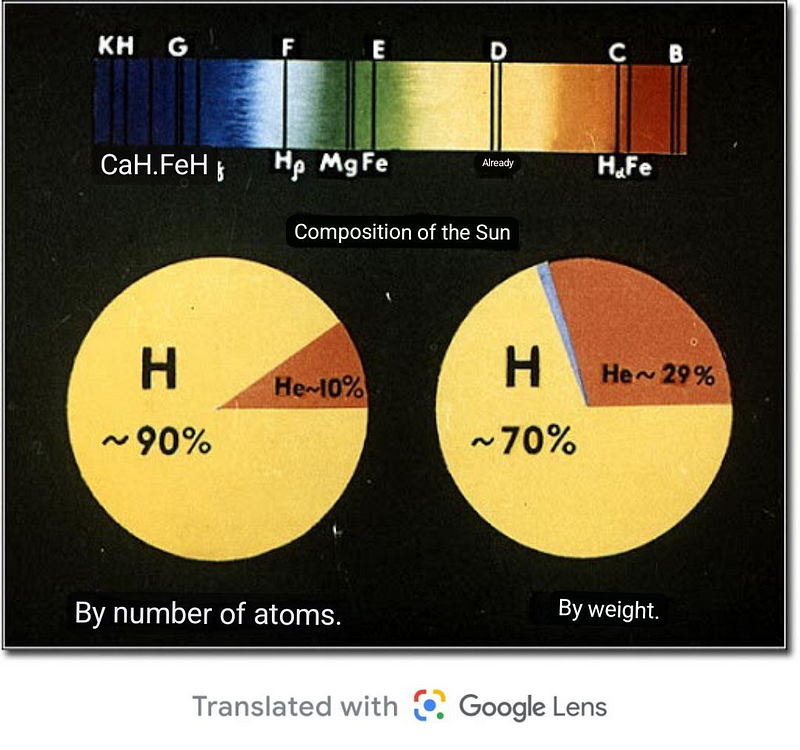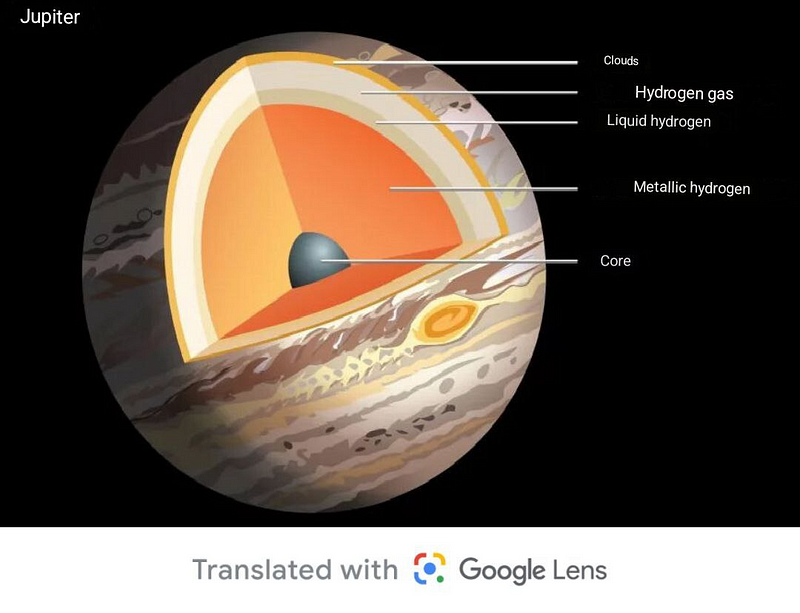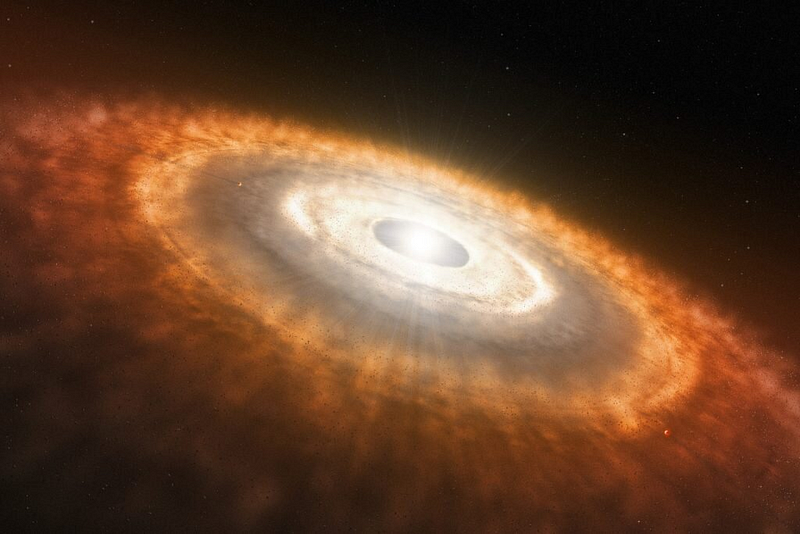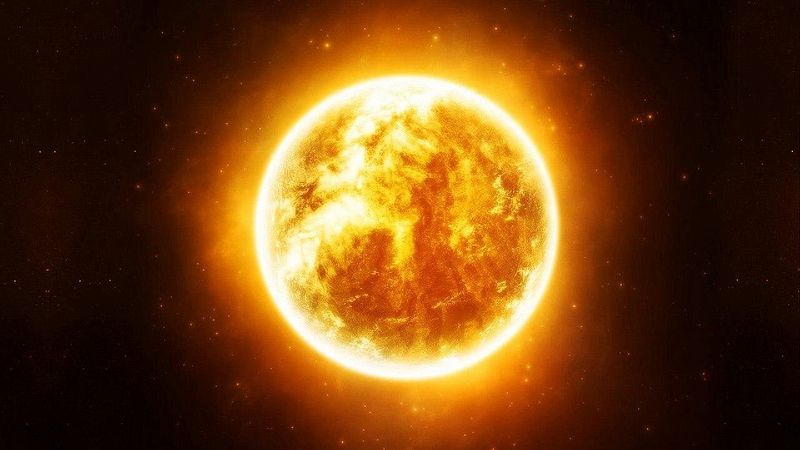Understanding the Elemental Composition of the Sun and Planets
Written on
Chapter 1: The Elemental Mystery of the Solar System
We are addressing an intriguing question submitted by one of our readers:
Why is the Sun predominantly composed of light elements, whereas planets are made up of heavier ones?
In fact, the situation is quite the opposite. The gas and dust cloud that gave rise to our Solar System was composed of around 75% hydrogen, 25% helium, and less than 0.1% of heavier elements. Thus, one would expect that most of the material in our system is made up of light elements.

Composition of the Sun
The protostellar cloud acted as a form of separator, allowing heavier elements to settle at the core while lighter elements remained in the outer regions. However, this separation was not entirely effective, as some heavier elements persisted in the outer portions of the cloud.

Ultimately, 99.86% of the total mass of the Solar System became concentrated in the Sun, where most of the heavy elements accumulated in its core. The planets, on the other hand, originated from the leftover material, which contained similar ratios of hydrogen, helium, and heavier elements as found in the protostellar cloud.

Protoplanetary Disk Dynamics
Consequently, all planets were expected to develop a solid core of heavy elements surrounded by a substantial gaseous envelope. Yet, the stellar wind emanating from the young Sun expelled lighter gases from the inner regions of the Solar System to the outer areas, while the heavier elements remained due to their greater mass.

As a result, hydrogen and helium were unable to accumulate on the inner planets, and much of what did manage to settle was eroded over the course of 4.5 billion years. In contrast, planets located beyond the asteroid belt were less affected by the stellar wind due to their increased distance from the Sun, allowing them to retain significant amounts of light elements.
The first video, "What is the Sun Made Of?" explores the composition of the Sun, detailing its elements and their significance in the larger context of the Solar System.
The second video, "The Formation of the Solar System and the Structure of the Sun," delves into how the Sun and planets formed from the original gas and dust cloud.
If you want to see more articles about space in your feed, give us a clap!
Subscribe to our channel and feel free to submit your questions for future articles.
If you enjoy my work, consider supporting me by becoming a Medium member for just $5 per month, which will help us produce even better content.